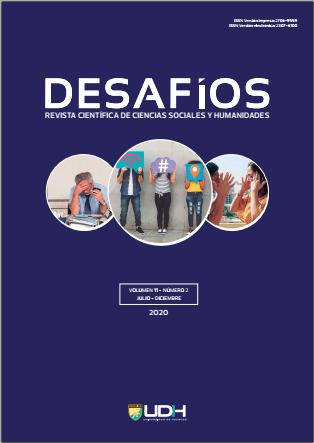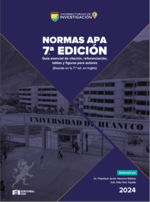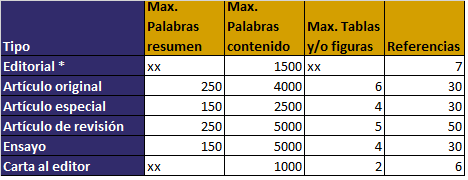Actitud de compra en redes sociales de la generación Z de Lima Sur
DOI:
https://doi.org/10.37711/desafios.2020.11.2.208Palabras clave:
generación Z, compras online, nuevos estilos de compraResumen
Objetivo. Conocer la actitud de compra mediante las redes sociales de la generación Z. Métodos. Bajo el enfoque cuantitativo, una muestra de 401 jóvenes del sur de Lima, respondió a una encuesta sobre el uso que hacen de las redes sociales y su actitud de compra por intermedio de ellas; para ello se aplicó un análisis estadístico de las medidas de tendencia central como la media, la mediana y la moda. Resultados. El análisis de los datos posiciona a WhatsApp como la aplicación que lidera en uso, con un 41 %, seguido de Facebook, con un 28 %. El 80 % de esta generación ingresa a sus redes sociales mediante el uso de un teléfono móvil o smartphone, solo el 11,7 % utiliza una laptop. El 30,2 % permanece en las redes sociales de 2 a 4 horas y el 26 % de 6 a 8 horas. Sin embargo, el 51,1 % de la generación Z se ve ocasionalmente influenciada por esta red social a la hora de realizar sus compras. Conclusión. La generación Z es el sector donde hay un uso masivo de las redes sociales; sin embargo, estas redes no influyen significativamente en su comportamiento de compra.
Descargas
Publicado
Cómo citar
Número
Sección
Licencia
Derechos de autor 2021 Revista Desafíos

Esta obra está bajo una licencia internacional Creative Commons Atribución 4.0.
a. Los autores conservan los derechos de propiedad intelectual (copyright) de las obras publicadas, cediendole a la revista el derecho de primera publicación.
b. Los autores retienen sus derechos de marca y patente, y también sobre cualquier proceso o procedimiento descrito en el artículo.
c. Los autores retienen el derecho de compartir, copiar, distribuir, ejecutar y comunicar públicamente el artículo publicado en la RD (por ejemplo, colocarlo en un repositorio institucional o publicarlo en un libro), con un reconocimiento de su publicación inicial en la RD.
d. Los autores retienen el derecho a hacer una posterior publicación de su trabajo, de utilizar el artículo o cualquier parte de aquel (por ejemplo: una compilación de sus trabajos, notas para conferencias, tesis, o para un libro), siempre que indiquen la fuente de publicación (autores del trabajo, revista, volumen, número y fecha).

























